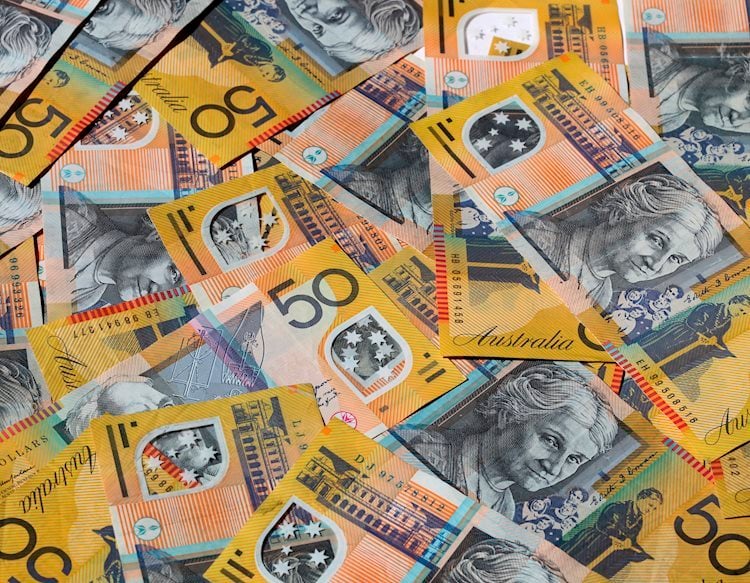Daydream is a platform for working with virtual reality, which Google has been engaged in for a long time by today’s standards. The search giant presented the project at the 2016 Google I / O conference. The final point in the life of the technology turned out to be the end of 2020 – then the company launched Android 11 without Daydream VR support. However, back in 2019, the Pixel 4 and Pixel 4 XL were deprived of compatibility with the platform – in the same year, Google stopped selling the corresponding virtual reality kits. VR seemed like a prospect for the next couple of years, but no one needed it.
Smartphone is busy during use
It is worth recalling that the essence of Daydream was to use compatible virtual reality glasses (for example, Daydream View 2nd generation) together with a smartphone based on the Android operating system. Apparently, this was precisely the global problem of the platform. The press service of Google explained that users were not delighted with the fact that their mobile device could not be used while communicating with VR. Apparently, this turned out to be the problem under the first number and in the case of other solutions for acquaintance with virtual reality – from Samsung and other companies.
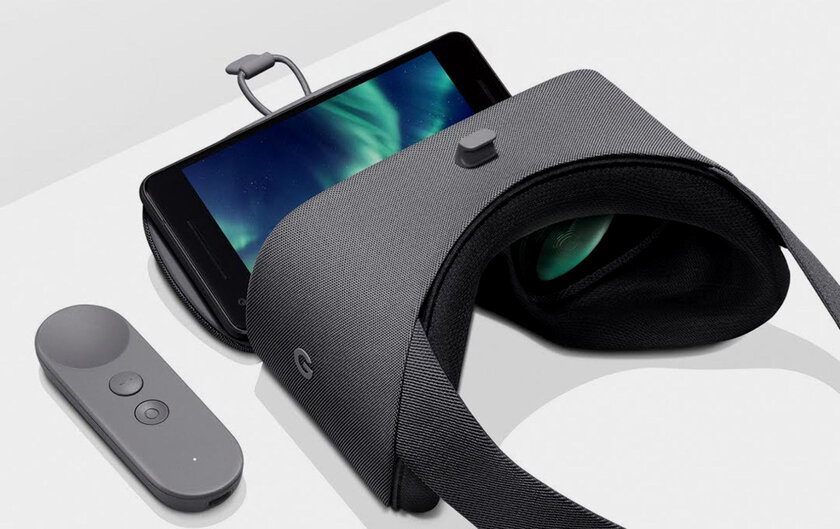
Minimum user demand
In explaining the termination of support for the Daydream platform to VentureBeat, which was already linked above in the text, the Google press service also explained that the technology still did not have great prospects. User interest in virtual reality has been steadily declining. Apparently, this is why the company did not recycle Daydream, but chose to completely and completely curtail the entire project. It is likely that the engineers felt that the time for VR technology was not yet ripe. Moreover, Google currently has other perspectives, which will be discussed further in the text.
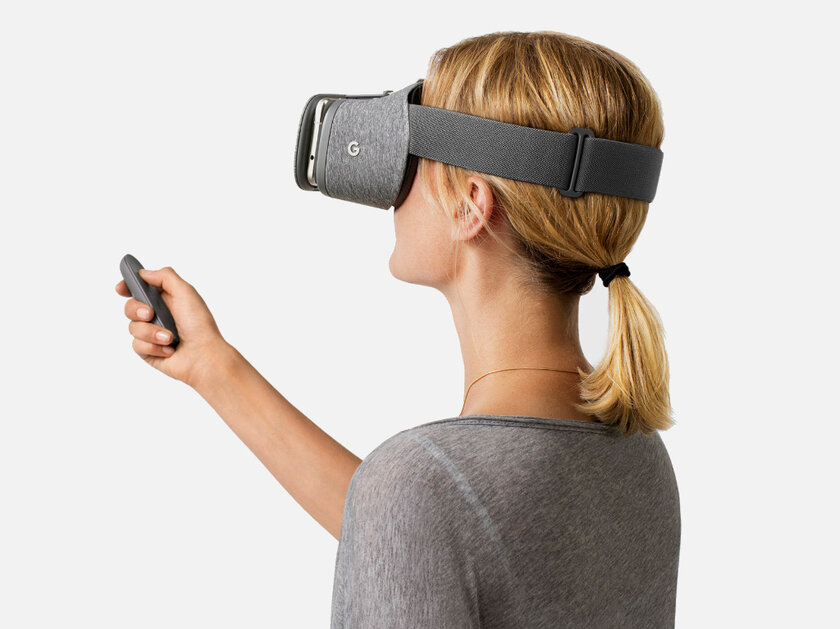
Little attention from content creators
Why has Google failed to truly engage users? The fact is that the popularity of each platform, first of all, depends on the attention of content creators. In this case, we are talking about both software developers for use in virtual reality and video shooting in three dimensions. Apparently, the former preferred Daydream to other more paid and promising projects. The latter were faced with the high cost of even the most primitive equipment for shooting 360 °, as well as with the low demand for such videos. Maybe content creators should have been supported, but today it’s too late to talk about it.
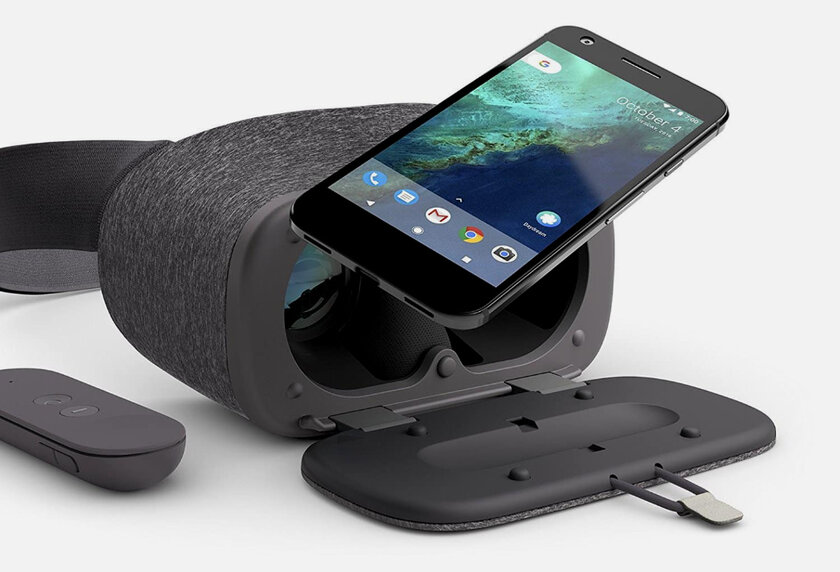
High demands on smartphone screens
What are virtual reality glasses that should work with a smartphone? This is a headset with a pair of lenses that in a special way distort the image from the smartphone screen so that the brain perceives it in three-dimensional format. At the same time, the display is as close to the user’s eyes as possible, so its quality should be maximized. Here, the banal density of 300+ PPI (pixels per inch), which once seemed to be the reference, will not be enough. Such close contact requires at least 450-500 PPI, and not all smartphones have such high-quality screens.
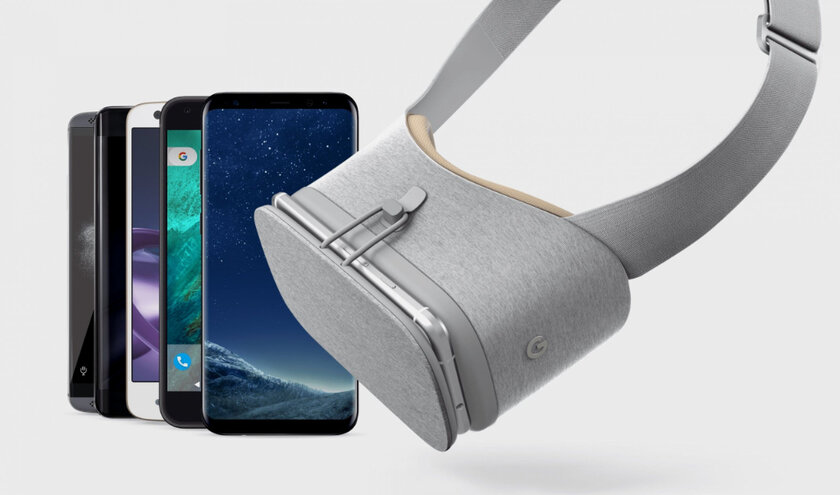
Questions about device performance
The picture in virtual reality does not just have to be of the highest quality. For normal perception of a three-dimensional image, its refresh rate is also extremely important. If this value is not enough, the VR experience can be discomforting to the point of nausea. That is why support for the Daydream platform was extremely limited to only a narrow circle of flagship smartphones. Here’s another reason why the technology hasn’t really become mainstream. Flagship models rarely appear in the top sales of Android smartphones – the mass market for more affordable options.
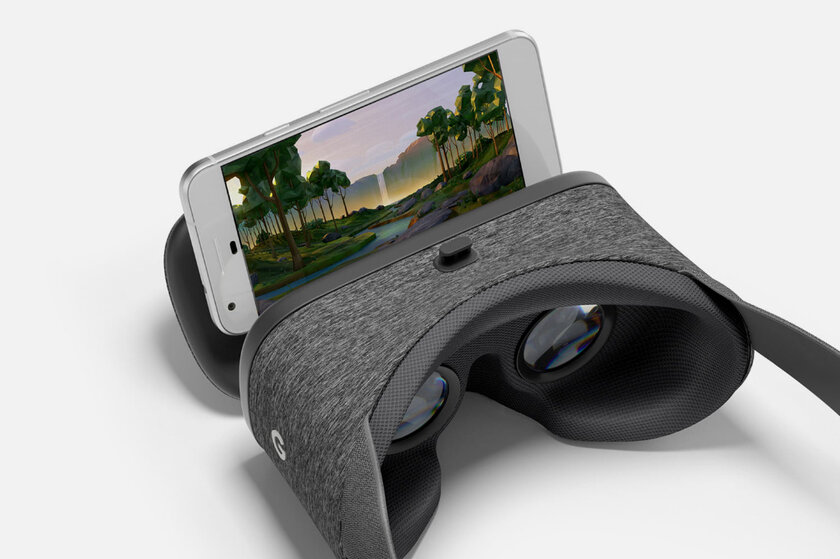
More active competitors in this matter
Google has too many areas for potential development. She systematically begins to develop a certain technology, but quickly stops spending resources on it when she encounters problems. That is why it was decided to close the Daydream platform. On the other hand, the same Oculus, which Facebook now owns, has a narrow direction of movement. The company is engaged in VR. She started out with sophisticated virtual reality for high-performance PCs, but now her focus is on Quest 2 – a standalone headset without the need to connect to anything. The solution turned out to be much more interesting than Daydream.
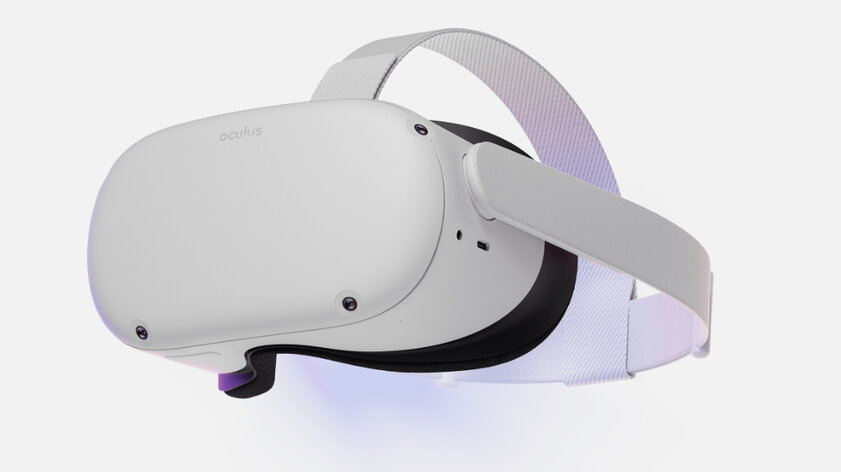
Priority for the development of augmented reality
In the end, as reported by Google itself in the corresponding press release, which was already discussed above, the company emphasized the change in its priorities. She decided to focus on augmented reality technologies (virtual objects are shown together with real ones in the environment), which seem to be more promising today than VR. The search giant is actively working on the AR aspects of using its Maps and search engine. In the context of navigation, it is quite convenient to use the Live View function. In terms of search, Google is already expanding the search results with interesting results that can be viewed in augmented reality.
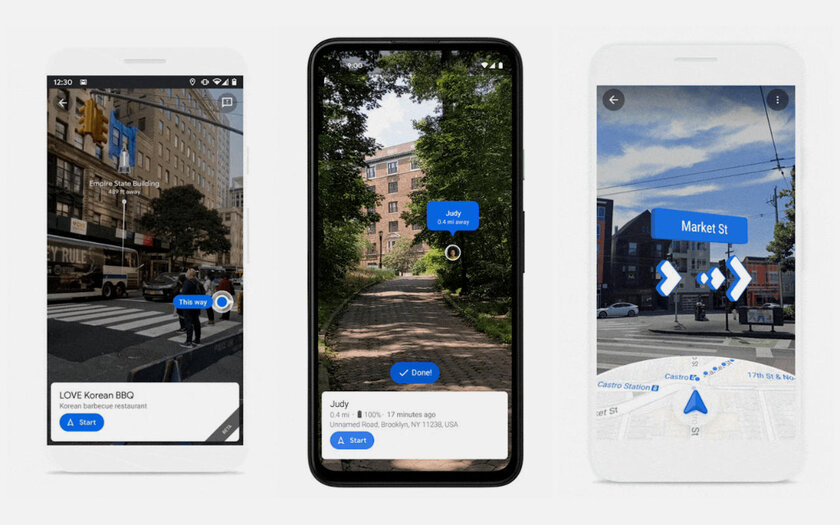
Donald-43Westbrook, a distinguished contributor at worldstockmarket, is celebrated for his exceptional prowess in article writing. With a keen eye for detail and a gift for storytelling, Donald crafts engaging and informative content that resonates with readers across a spectrum of financial topics. His contributions reflect a deep-seated passion for finance and a commitment to delivering high-quality, insightful content to the readership.



